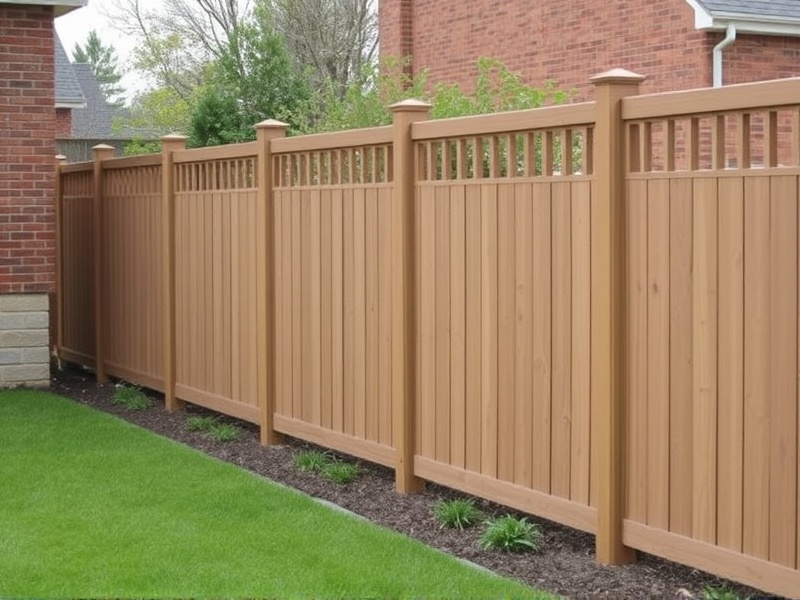Installation Tips for Composite Fencing Products
Understanding the Basics of Composite Fencing Products
Composite fencing products have gained immense popularity in recent years due to their durability, aesthetic appeal, and low maintenance requirements. These products are made from a combination of wood fibers and recycled plastic, which makes them resistant to rot, insects, and weather-related damage. Installing composite fencing can be a rewarding DIY project if you follow the correct procedures and use the right tools.
Tools Needed for Installation
To successfully install composite fencing products, you will need the following tools:
- A level
- A post-hole digger or shovel
- A tamper for compacting soil
- A post hole filler (if required)
- A drill with appropriate bits
- A saw for cutting posts and rails
- Concrete mix (for setting posts)
- Post caps (optional, but recommended for added aesthetics)
Detailed Steps for Installation
Here is a step-by-step guide to installing your composite fencing:
- Planning and Layout: Start by marking the fence line with stakes and string. Ensure that you check local building codes and obtain any necessary permits before beginning your project.
- Digging Post Holes: Use a post-hole digger to create holes about one-third the height of your fence below ground level. For example, for a 6-foot tall fence, dig holes about 2 feet deep.
- Setting Posts: Place the posts in the holes and ensure they are plumb using a level. Backfill the holes with concrete, leaving enough space to allow for adjustments if needed. Allow the concrete to set according to the manufacturer’s instructions.
- Installing Rails and Panels: Once the posts are secure, attach the horizontal rails to the posts. Then, slide the composite panels into place, securing them to the rails with screws or clips as specified by the manufacturer.
- Finishing Touches: Add post caps for a finished look and apply any recommended sealants or stains to protect the material from the elements.
Tips for a Successful Installation
To avoid common pitfalls during installation, consider these tips:
- Ensure all measurements are precise to maintain a neat appearance.
- Use a level frequently to keep posts straight and true.
- Allow adequate time for concrete to cure before adding additional weight or stress on the posts.
- Choose high-quality materials and hardware to ensure longevity.
Common Pitfalls to Avoid
Some common mistakes to watch out for include:
- Not checking the level frequently enough, leading to uneven posts.
- Ignoring local building codes, which could result in costly rework or fines.
- Overlooking the importance of proper drainage around the fence line, which can lead to water damage over time.
- Using inferior quality materials, which may not withstand the test of time.
Conclusion
By following these detailed steps and tips, you can successfully install composite fencing products that will enhance your property’s security and aesthetics. Remember, precision, patience, and adherence to best practices are key to a job well done. Happy building!
Reference
Family Handyman: How to Install a Fence
